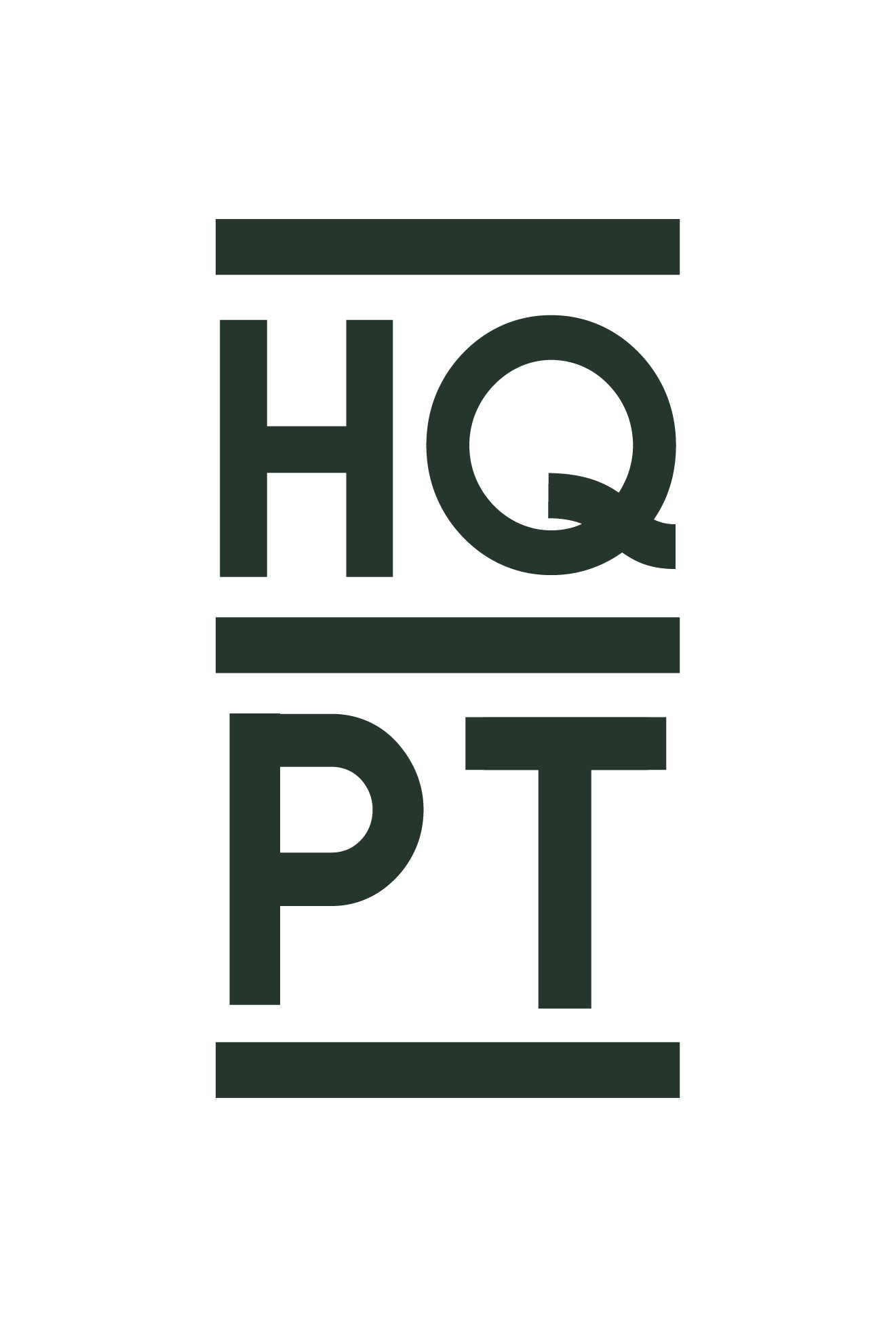Unlocking the Secrets to a Powerful Tennis Serve
In the world of tennis, the serve stands out as a unique stroke—it's the only shot where the player has complete control, unimpeded by the opponent. Mastering the serve can significantly impact a player’s game, making it crucial to understand the elements that contribute to a powerful serve. A recent study looked at what objective measures are best to assess when determining how to increase serve power/speed.
A Closer Look
This study explored the relationship between various physical performance variables and serve speed in competitive-level tennis players. To test this, 42 male tennis players, all with National Tennis Rating Program (NTRP) levels between 4.5 and 6.0, participated in the study. The researchers conducted a comprehensive analysis, evaluating motion, strength, motor control, and power. They measured shoulder, trunk, hip, and ankle range of motion, assessed the strength of the rotator cuff, scapula, and hip muscles, and conducted upper and lower extremity Y-balance testing. Power was evaluated through broad jumps, single-leg hops, and seated unilateral shot put tests. Serve speed was the primary outcome measure.
Now for the results
The top predictor of serve speed was players height, which unfortunately we can’t do anything about, but the good news is faster serves were also correlated with opposite hip external rotation range of motion, single leg hop height, and single arm shot put throw for distance.
The Role of Physical Therapy
As a physical therapist, these findings reinforce the multifaceted approach required to enhance a tennis player's serve. The ability to generate a powerful serve depends not just on raw power, but also on coordinated motion and control across the whole body.
Here’s how we can start building a stronger serve
Skill Development: Through tailored exercises and drills, physical therapists can help refine and enhance a player's serving technique.
Hip Mobility: Improving the range of motion, especially in the opposite hip, can contribute to more powerful serves. This can be achieved through specific stretching, mobility exercises, and manual therapy techniques.
Power Training: Engaging in exercises that build power in both the upper and lower extremities, such as single-leg hops and shot put throws, can be a key focus. Single leg hop height can be measured with our force plates here at HQPT!
For tennis players looking to improve their serve, incorporating performance cross training into their training regimen is essential. By focusing on skill development, enhancing mobility, and building power, physical therapists can help players achieve significant improvements in serve speed and overall performance. Whether you're an aspiring tennis star or a weekend warrior, understanding these key elements can help unlock a more powerful serve, ultimately improving performance on the court. So, lace up your tennis shoes, hit the gym, and get ready to serve up some aces with the help of Headquarters PT.
A Personal Note from the Author
Hello, I'm Ashley Knecht, a new member of the Headquarters PT Team. With a background in collegiate tennis and now transitioning to recreational adult tennis, I understand firsthand the physical and mental demands of playing tennis. My mission as a PT is to help empower athletes to manage their injuries and perform their best. I have obtained further certifications in strength and conditioning (CSCS) to help my patients bridge the gap between rehabilitation and getting back on the court. Let's work together to keep you at the top of your game!
